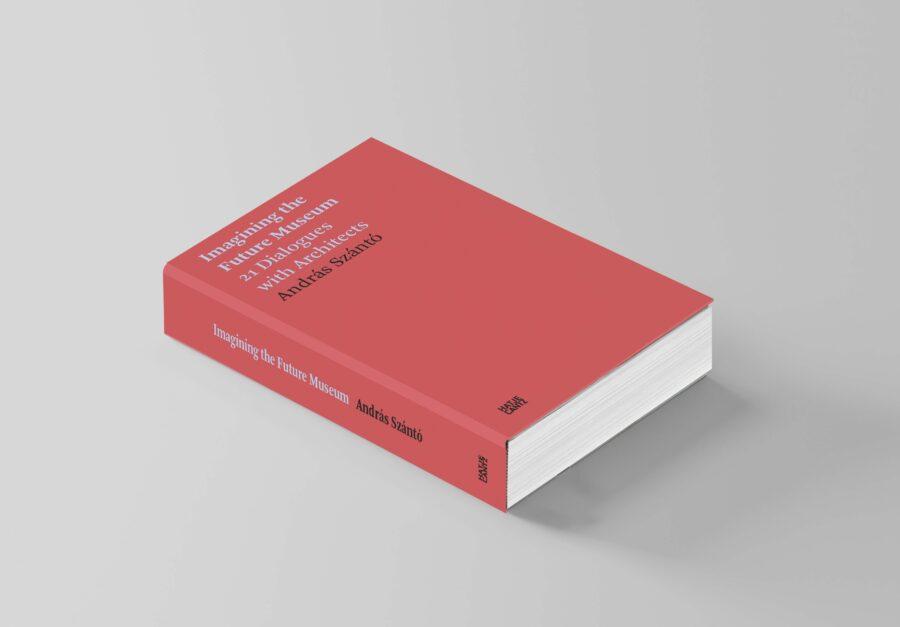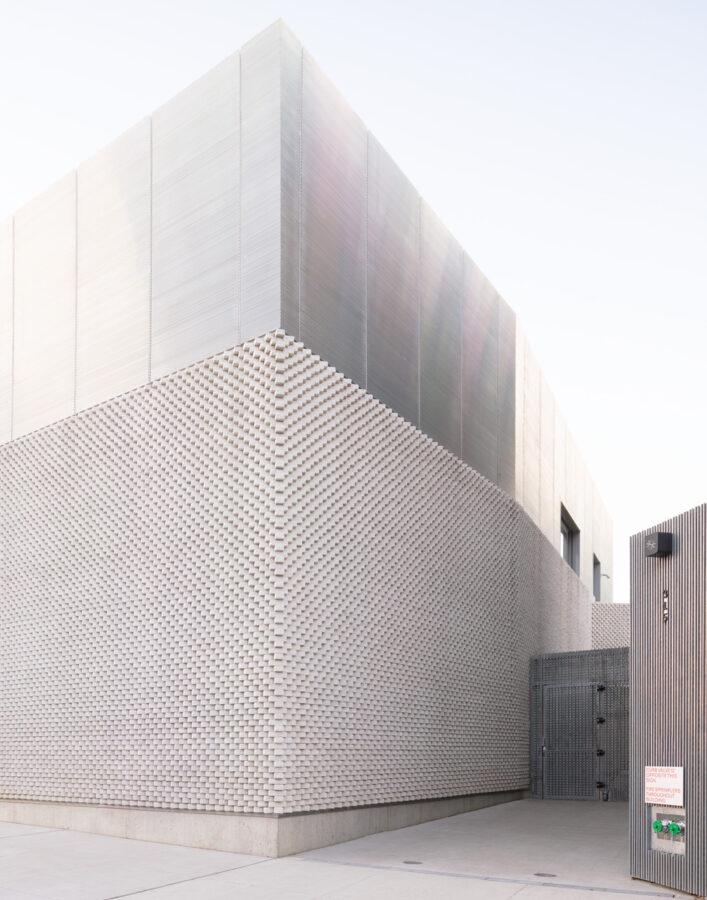New York-based cultural strategy advisor and author András Szántó takes the cultural temperature by talking to 21 architects about their museum projects
 Photography courtesy of András Szántó
Photography courtesy of András Szántó
Words by Joe Lloyd
Last summer, after several years of debate, the International Council of Museums (ICOM) chose its new definition for ‘museum’. It runs to around 60 words.
‘A museum’, it begins, ‘is a not-for-profit, permanent institution in the service of society.’ Whatever else a museum might be, ICOM implies, its most essential role is a social one, pertaining to improving the welfare of human beings as members of society.
This aim is not entirely new. As early as 1829, James Smithson’s bequest called for the establishment of an institution for ‘the increase and diffusion of knowledge’, which became the series of Smithsonian museums in Washington. But museum architecture has not always reflected a desire for inclusivity.
Traditional museum buildings are imposing, often built in a sepulchral neoclassicist style that hulks over people below while insisting on a particular Western-centric idea of art and history. Modernism introduced glass and concrete, but many museums continued to glower, guarding their treasure from the outside.
 Photography courtesy of SO-IL featuring Amant arts campus in Brooklyn, NY
Photography courtesy of SO-IL featuring Amant arts campus in Brooklyn, NY
There have been some changes since – many a side effect of the commercialisation of museums as competing tourist attractions with an eye on audience numbers – but the old model remains robust even as architects and museum directors have tried to create museums that reflect changing times.
Imagining the Future Museum: 21 Dialogues with Architects, by journalist and cultural strategy advisor András Szántó, presents a valuable survey of how architects are thinking about museums today. Szántó spoke with 28 architects who have contributed to recent museum projects.
These include both the well established – David Chipperfield, Bjarke Ingels, Elizabeth Diller and more – and the up-and-coming, and capture voices from across the world.
The results are fascinating, though seldom surprising. Szántó finds that ‘Museum architecture is moving away from the design conventions of the museum as a secular church, aiming to convey its relevance in a language that is not so sacral or hierarchical.’
 Photography courtesy of Kerstin Thompson Architects featuring the Bundanon Art Museum & Bridge
Photography courtesy of Kerstin Thompson Architects featuring the Bundanon Art Museum & Bridge
Architects suggest decentralisation, handing more agency to visitors and a need to work at the social avant-garde. Words like ‘open’, ‘porous’ and ‘transparent’ keep cropping up.
The three museums most often cited as models — the Centre Pompidou in Paris, Lina Bo Bardi’s São Paulo Museum of Art and Jørgen Bo and Vilhelm Wohlert’s Louisiana Museum outside Copenhagen – all embody this sense of openness. There are lots of interesting ideas. Some are easily implementable.
Kulapat Yantrasast speaks eloquently on trying to refute a single Western narrative and instead creating a ‘garden of ideas and stories’ with no set route. David Adjaye offers a more radical vision for disaggregation, where major institutions are replaced by ‘a globally decentralised nodal network’. Though this is unlikely to happen anytime soon, it does throw up a challenge to the regional concentration of museum buildings. The most valuable part of Szántó’s project, however, might be its record of the present museum.
Museums remain among the most aesthetically interesting and functionally multi-layered structures built, and all of the architects interviewed have worked on significant exemplars, from Arquitetos Associados’ work at the outdoor Instituto Inhotim to MVRDV’s basket-like Depot Boijmans Van Beuningen. Imagining the Future Museum provides a broad-ranging record of the museums challenging conventions today.
Get a curated collection of design and architecture news in your inbox by signing up to our ICON Weekly newsletter
















